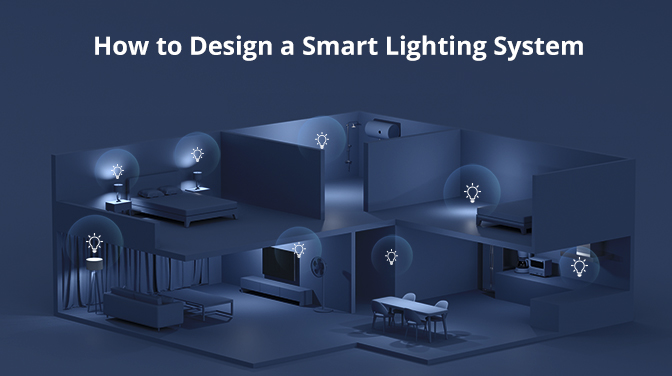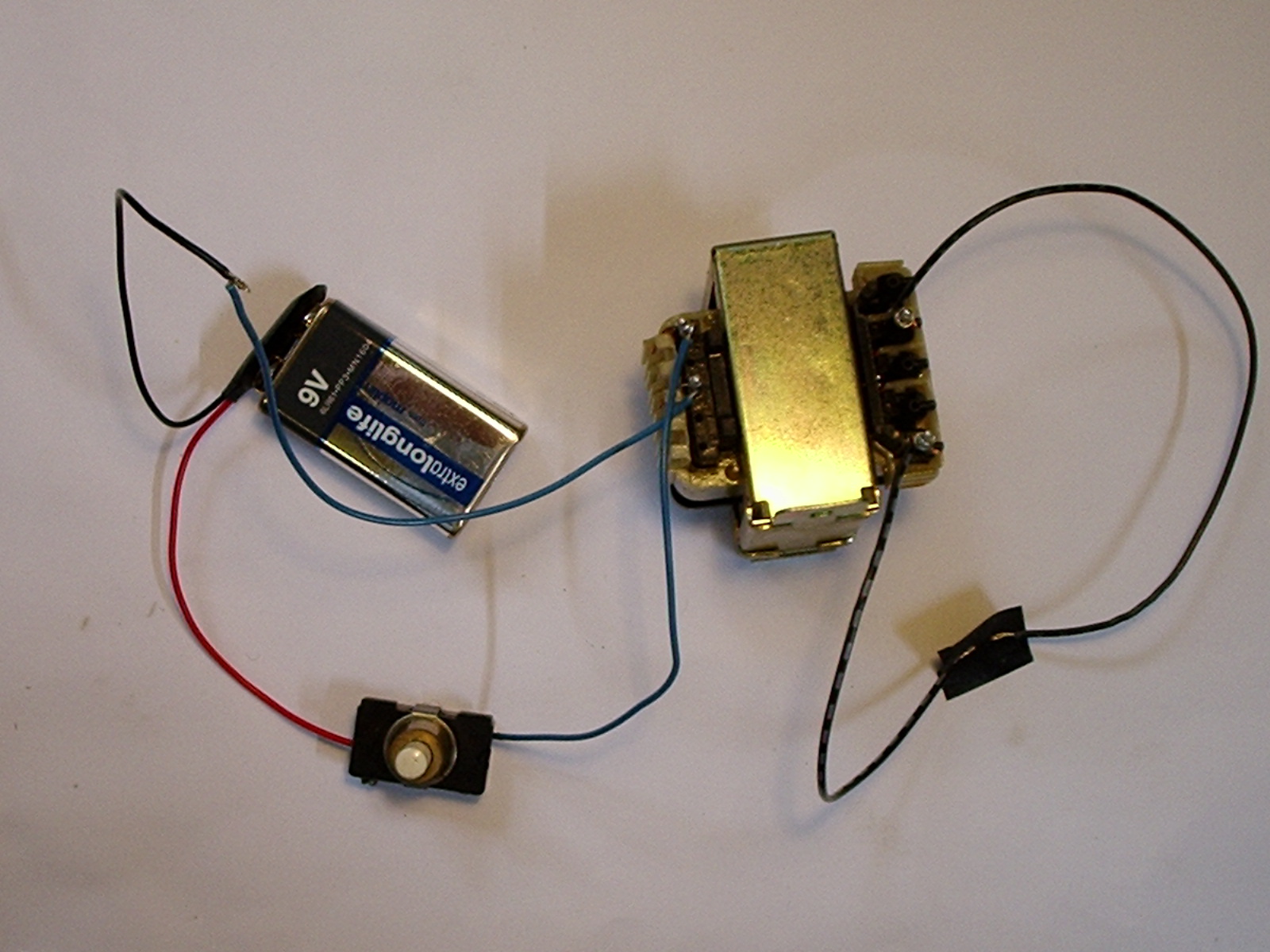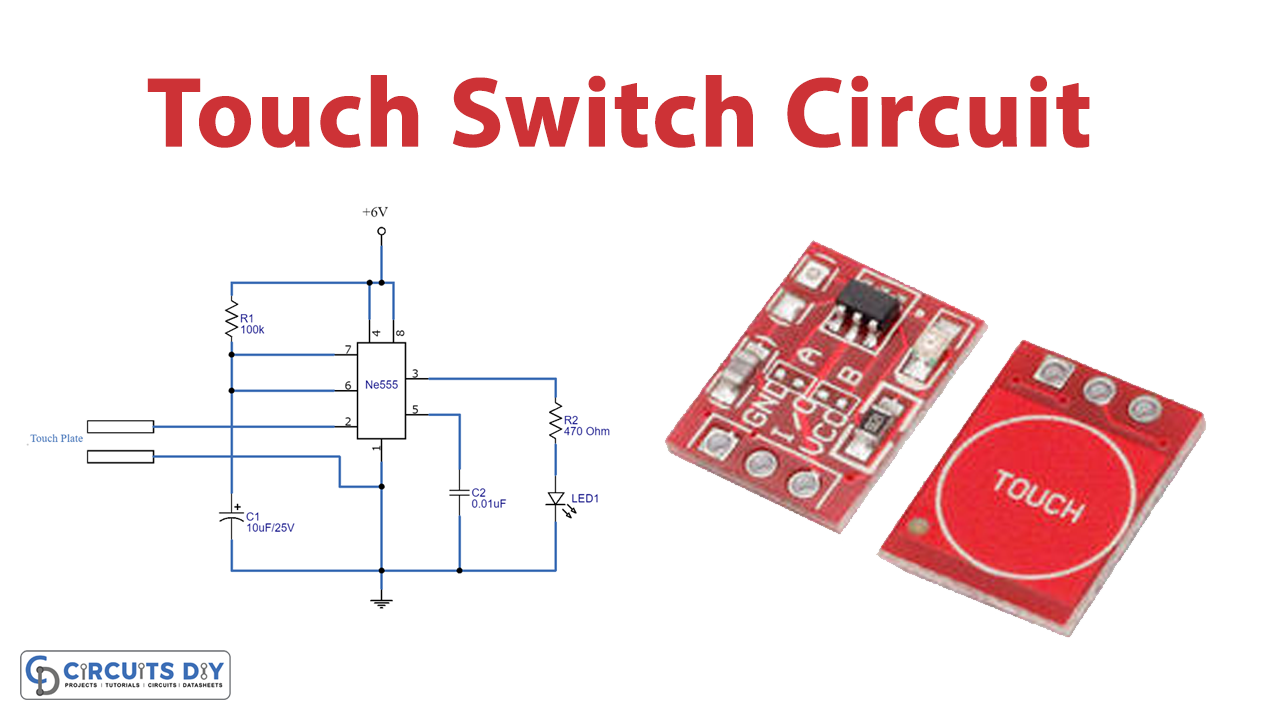Best Way to Design a Smart Lighting System
Smart lighting systems are the future of home and commercial lighting. With the ability to control your lights remotely via a smartphone or voice assistant, smart lighting offers convenience, energy efficiency, and enhanced security. But designing a smart lighting system can be overwhelming, with so many options and technologies available. So, what is the best way to design a smart lighting system that suits your needs and preferences?
1. Determine Your Goals
The first step in designing a smart lighting system is to determine your goals. Are you looking to save energy, enhance security, or create ambiance? Understanding your objectives will help you choose the right technologies and products.
2. Choose the Right Products
There are many smart lighting products available on the market, ranging from smart bulbs and switches to smart plugs and sensors. Consider factors such as compatibility, ease of installation, and features when selecting products for your smart lighting system.
3. Plan Your Layout
Before installing your smart lighting system, create a layout plan. Consider the placement of lights, switches, and other accessories. Take into account factors such as natural light, room usage, and aesthetic preferences.
4. Control Options
Smart lighting systems offer a variety of control options, including smartphone apps, voice assistants, and automation schedules. Choose control methods that are convenient and easy to use based on your personal preferences.
5. Consider Energy Efficiency
One of the key benefits of smart lighting is energy efficiency. Opt for products that are energy-efficient and consider features such as dimming capabilities and motion sensors to reduce energy consumption.
6. Test and Adjust
Once your smart lighting system is installed, test the functionality and adjust settings as needed. Pay attention to factors such as brightness levels, color temperatures, and connectivity to ensure optimal performance.
7. Security Considerations
Security is an important aspect of smart lighting systems. Ensure that your system is secure by using strong passwords, updating firmware regularly, and enabling encryption features to protect against cyber threats.
8. Future-Proof Your System
Technology is constantly evolving, so it’s essential to future-proof your smart lighting system. Choose products that are compatible with future technologies and consider scalability options to expand your system as needed.
Conclusion
Designing a smart lighting system requires careful planning and consideration. By determining your goals, choosing the right products, planning your layout, and considering factors such as energy efficiency and security, you can create a smart lighting system that meets your needs and preferences. With the right approach, you can enjoy the convenience and benefits of smart lighting in your home or commercial space.
Best Way to Design a Smart Lighting System
Smart lighting systems are the future of home and commercial lighting. With the ability to control your lights remotely via a smartphone or voice assistant, smart lighting offers convenience, energy efficiency, and enhanced security. But designing a smart lighting system can be overwhelming, with so many options and technologies available. So, what is the best way to design a smart lighting system that suits your needs and preferences?
1. Determine Your Goals
The first step in designing a smart lighting system is to determine your goals. Are you looking to save energy, enhance security, or create ambiance? Understanding your objectives will help you choose the right technologies and products.
2. Choose the Right Products
There are many smart lighting products available on the market, ranging from smart bulbs and switches to smart plugs and sensors. Consider factors such as compatibility, ease of installation, and features when selecting products for your smart lighting system.
3. Plan Your Layout
Before installing your smart lighting system, create a layout plan. Consider the placement of lights, switches, and other accessories. Take into account factors such as natural light, room usage, and aesthetic preferences.
4. Control Options
Smart lighting systems offer a variety of control options, including smartphone apps, voice assistants, and automation schedules. Choose control methods that are convenient and easy to use based on your personal preferences.
5. Consider Energy Efficiency
One of the key benefits of smart lighting is energy efficiency. Opt for products that are energy-efficient and consider features such as dimming capabilities and motion sensors to reduce energy consumption.
6. Test and Adjust
Once your smart lighting system is installed, test the functionality and adjust settings as needed. Pay attention to factors such as brightness levels, color temperatures, and connectivity to ensure optimal performance.
7. Security Considerations
Security is an important aspect of smart lighting systems. Ensure that your system is secure by using strong passwords, updating firmware regularly, and enabling encryption features to protect against cyber threats.
8. Future-Proof Your System
Technology is constantly evolving, so it’s essential to future-proof your smart lighting system. Choose products that are compatible with future technologies and consider scalability options to expand your system as needed.
Conclusion
Designing a smart lighting system requires careful planning and consideration. By determining your goals, choosing the right products, planning your layout, and considering factors such as energy efficiency and security, you can create a smart lighting system that meets your needs and preferences. With the right approach, you can enjoy the convenience and benefits of smart lighting in your home or commercial space.



